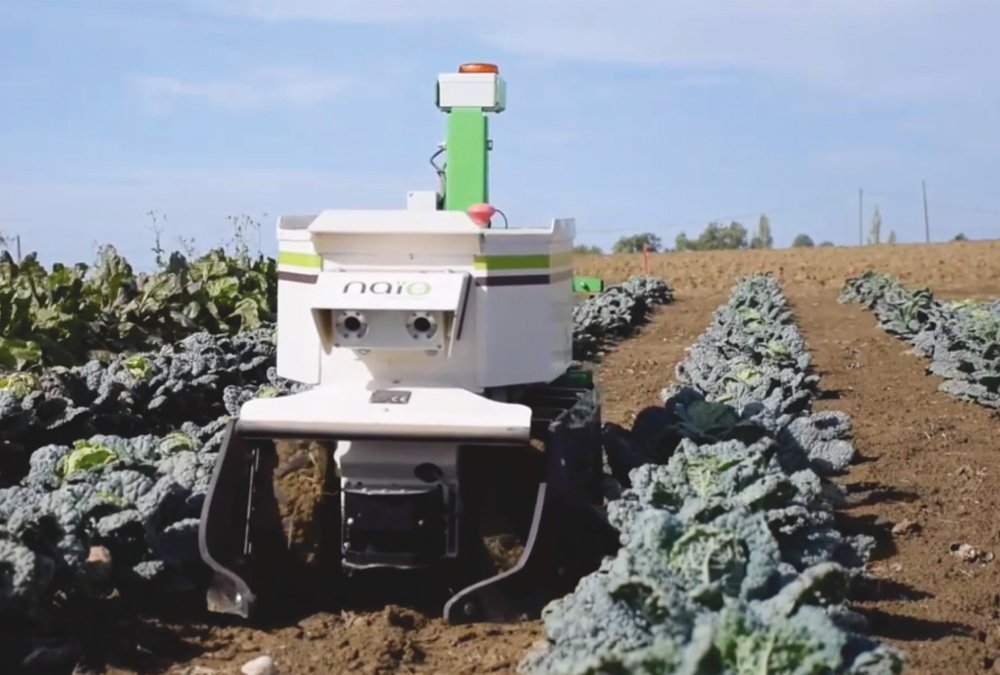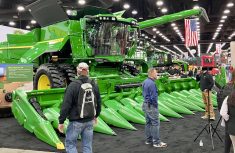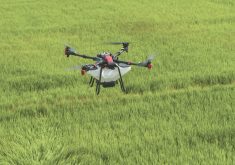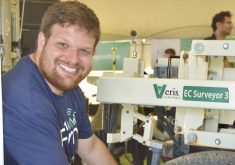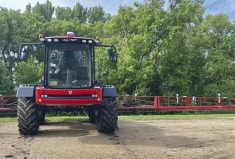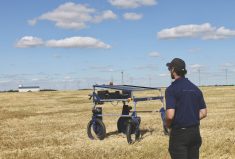Glacier FarmMedia – The growing number of new crop automation products coming to market are finding their first uses in high-value crops, like vegetables or grapes.
Several farm robots featured at the recent AgRobotics and Automation event hosted by the RH Accelerator focused on higher-value crops instead of corn, soybeans or wheat.
The interest is creating new players in the field.
Read Also

Agronomists share tips for evaluating new crop products and tech: Pt. 3
With new products, new production practices and new technology converging on the agriculture industry at a frenetic pace in recent…
Haggerty Creek AgRobotics is the first field robot dealership in the province. It’s not surprising that it belongs to Chuck Baresich, as his family’s farm and farm supply company Haggerty Creek was the first to run a Dot autonomous power unit in Ontario.
The Canadian-developed automated crop power unit is now owned by Raven Autonomy, the American farm technology company. Raven also plans to have a driverless grain cart system available by harvest 2021, along with continuing to develop Dot.
Baresich has been working with Korechi and its RoamIO autonomous unit and is now also focusing on bringing smaller automated units to Canada.
Those include NAIO products from Toulouse, France. Baresich says he expects to have two of NAIO’s Oz autonomous weeding robots to use in a field this year.
He’s also bringing in the NAIO Dino product – a larger version of the Oz.
“It’s a great time to be in agriculture, especially for a technology nerd like myself,” said Baresich during the event.

He’s also in discussions with FarmDroid, a zero-emission, fully autonomous seeding and weeding robot and the Small Robot Company, a British firm with a low-disturbance weeding system, as well as systems that can plant and feed crops. Their robots are called Tom, Dick and Harry.
The Dino and Oz units are meant for use in vegetable crops. Dino can run on its battery for eight to 10 hours at once, covering up to four acres per day of everything from lettuce to leeks, guided by RTK GPS.
Other Canadian companies with presentations at the AgRobotics and Automation event included Korechi, which produces smaller machines that can complete autonomous soil sensing, broadcast seeding and mowing and Precision AI, a Saskatchewan company that aims to identify weeds and then spray them precisely by differentiating between a weed and a crop to centimetre-level precision. Doing so means saving on chemical costs.
Hussam Haroun, director of automation at the Vineland Research and Innovation Centre, said that automation has to have a return on investment for farmers either by reducing labour costs, improving quality and yield or increasing efficiency.
Vineland is developing a robotic cucumber harvester that identifies fruit and assesses ripeness, so far at a 90 per cent success rate.
IntelliCulture, an Ontario company, also talked about its product, which can track and help manage fleets of equipment, along with some farm processes, such as vineyard spraying.
The event was hosted by the RH Accelerator, a London, Ont.,-based organization that helps early stage companies grow, including in agriculture.
This article was originally published at Farmtario.


